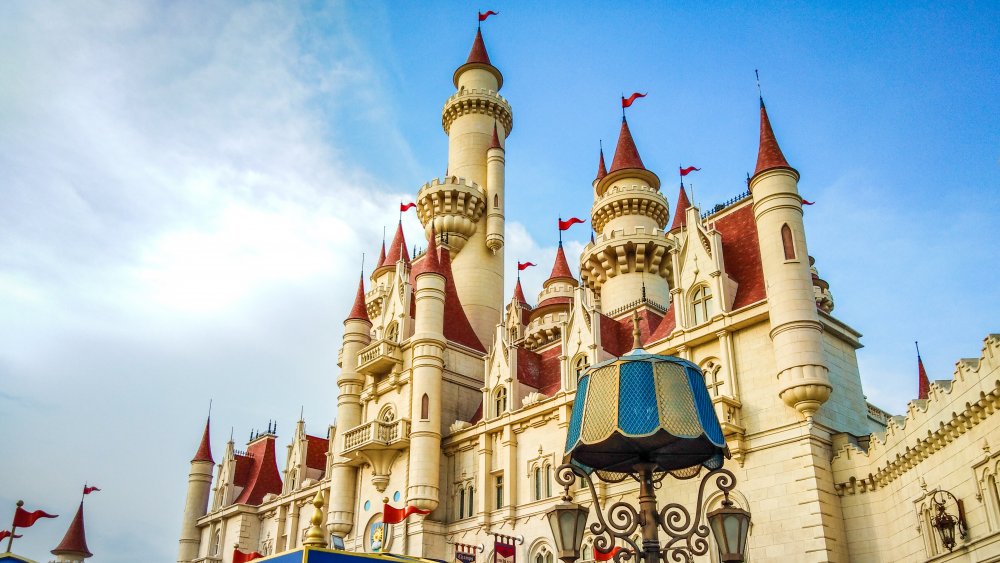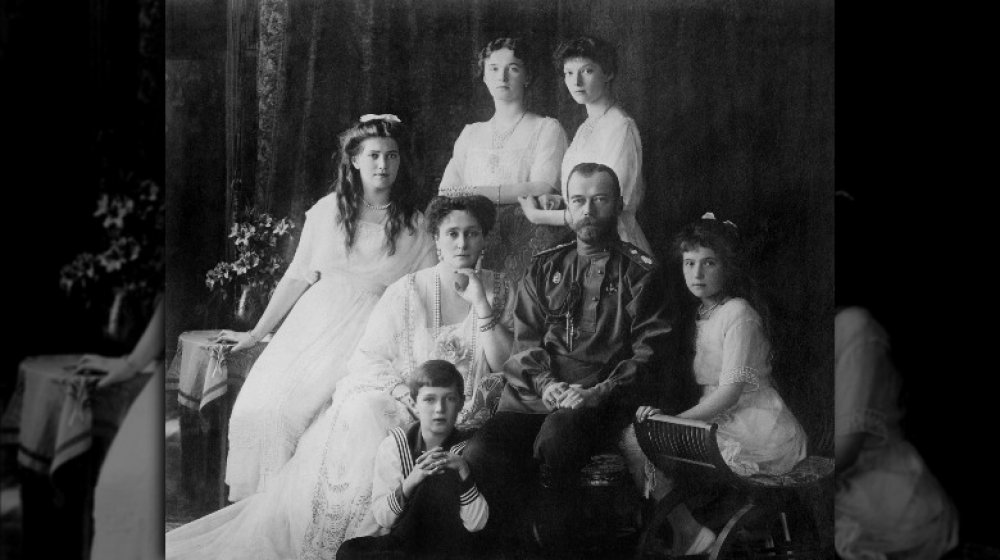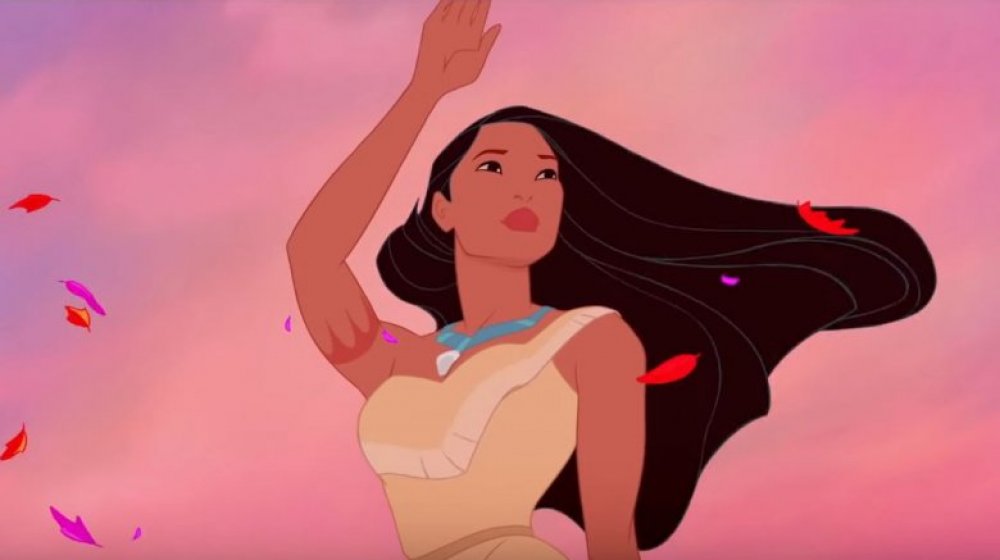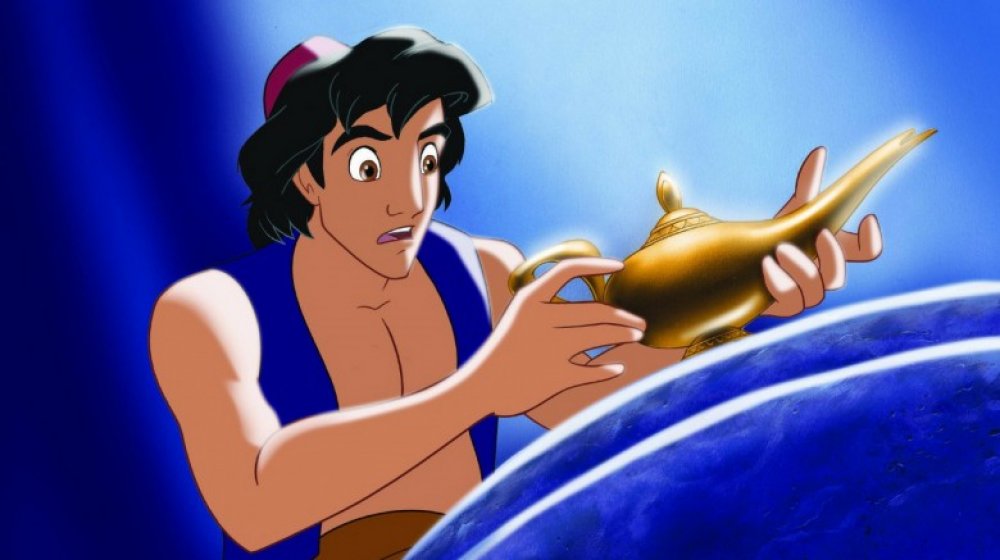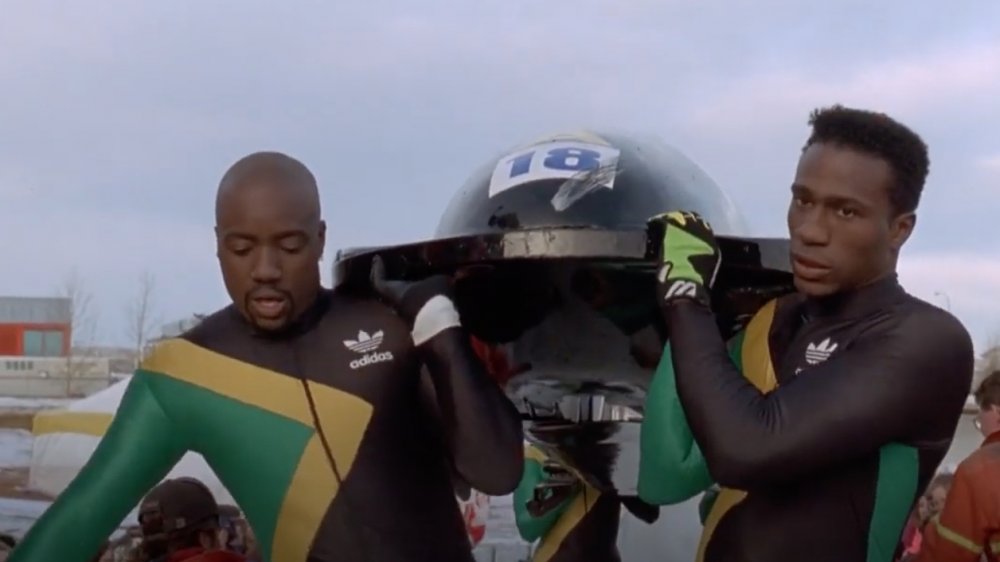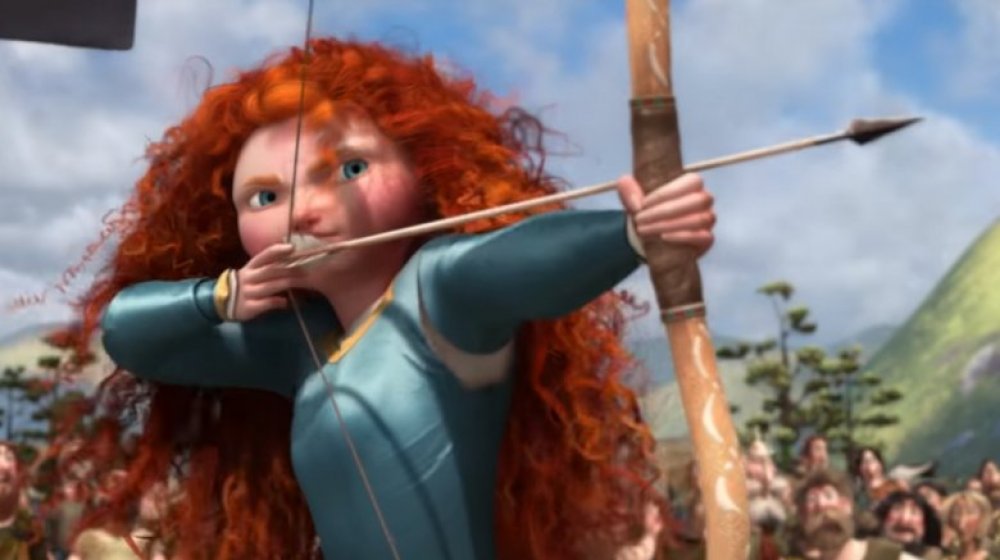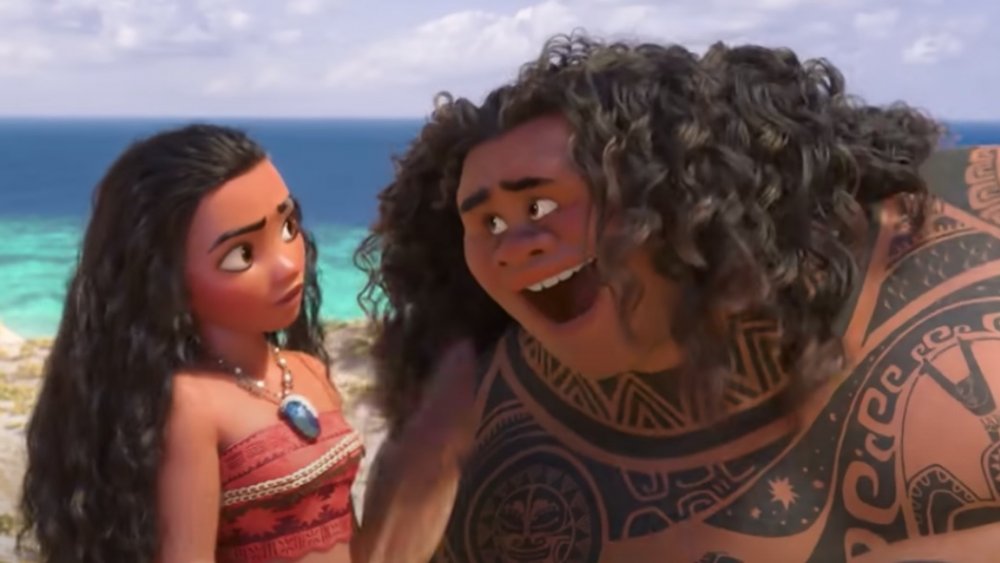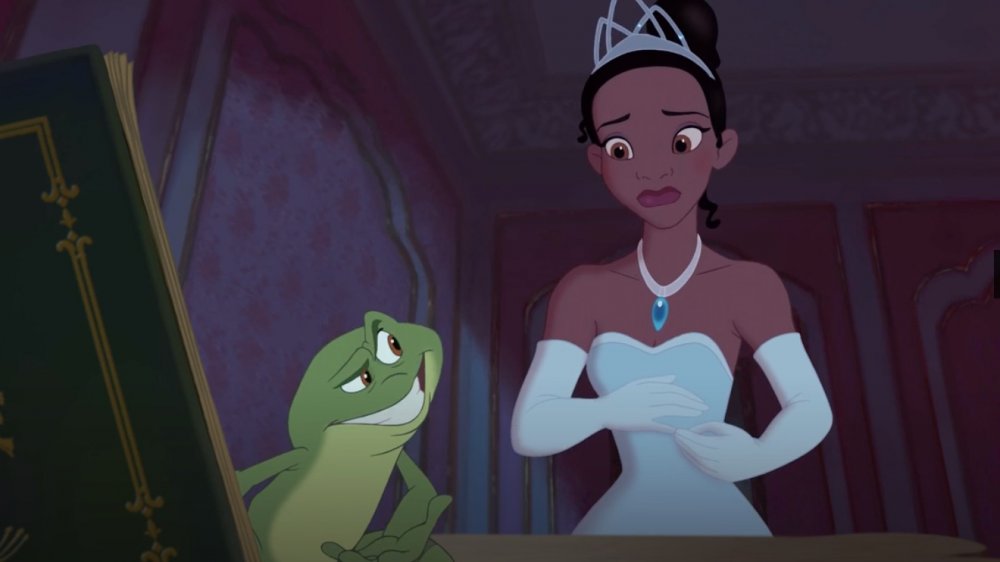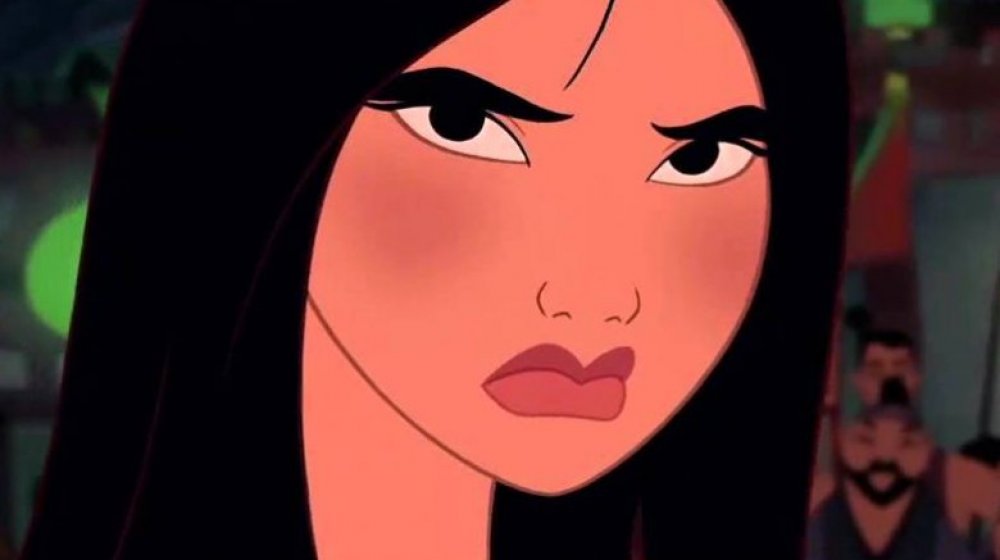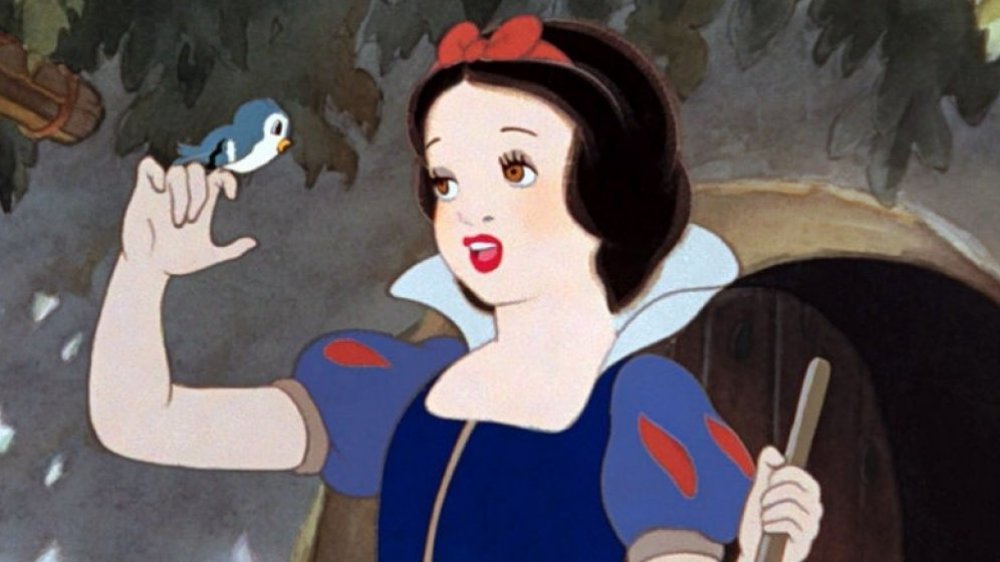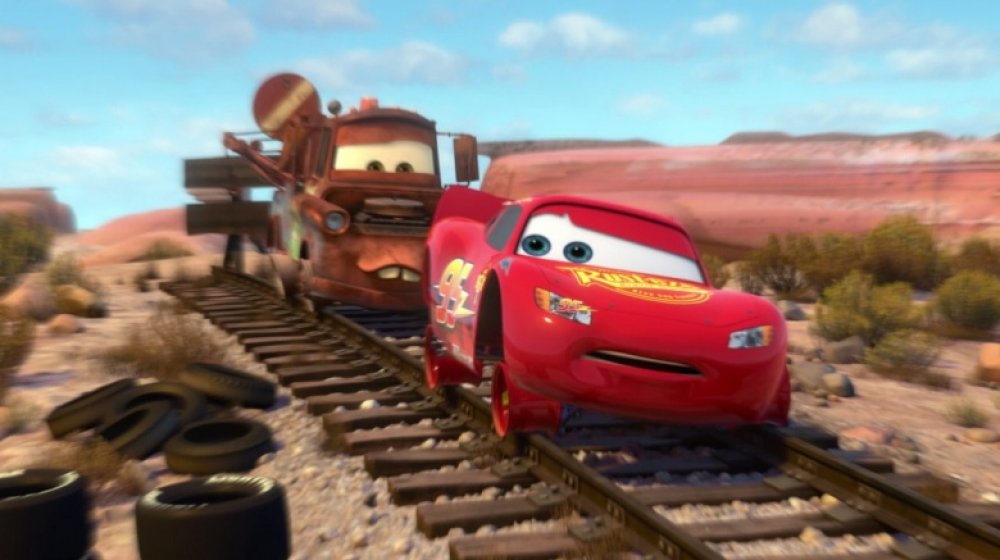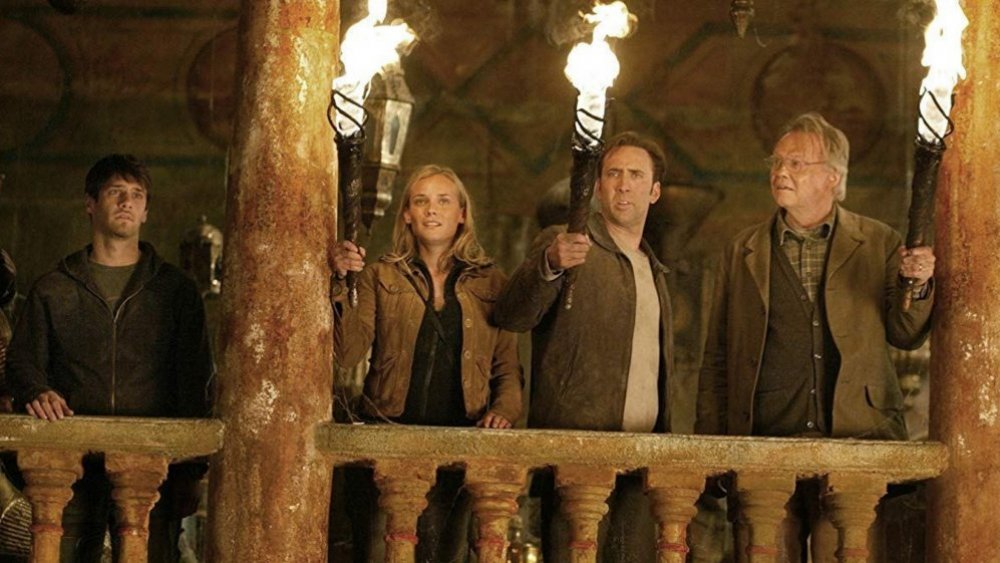Times Disney Movies Were Historically Accurate
Disney movies aren't known for their historical accuracy. In fact, they're not really known for their historical anything. Of the several hundred Disney movies released over the years, the vast majority of them occur in fictional or hyperbolic worlds.
In the past, Disney has come under fire for inaccurately telling the story of Pocahontas and for ignoring the harsh realities of segregation and slavery. In fact, even Disney's documentaries have been cited as works of fiction, such as in the infamous case of the lemmings — in which Disney forever caused the humble lemming to be thought of as a nuisance, dying by hurling itself off of cliffs.
Of course, Disney's biggest interest is in creating something mainstream, palatable, and entertaining. Disney's job is to entertain, not to educate. It's hardly surprising that they usually retreat to worlds of fiction and fantasy. But there are rare times when Disney movies have been historically accurate — usually when it made for a good story. And while these historical accuracies are often completely incidental, they still make for some interesting coffee shop conversation.
Here's a look at a few times in which Disney was actually historically accurate.
Disney's Anastasia is based on a real woman: Anna Anderson
There are a few historic facts that Disney got correct in Anastasia. The main character was, in fact, the youngest daughter of Russian Tsar Nicholas II — and she had a music box and a dog that was her constant companion.
Unfortunately, the rest is mostly fiction. But what's interesting is that fiction wasn't illuminated until DNA testing in 2009. When Anastasia was actually produced, it could have been considered potentially true.
That's because Anastasia was based on the real story of Anna Anderson, a woman that was believed to be the young Anastasia escaped. Anderson claimed to be Anastasia, and because she couldn't be genetically tested, many people believed it.
Why? Because at the time, Anastasia's body hadn't been discovered. Since her body was missing from the burial site, many people did believe that she could potentially have escaped. So, when a woman of about the right age started intensely insisting that she was a Romanov, people listened.
Disney's The Hunchback of Notre Dame involved architectural study for accuracy
There was no hunchback of Notre Dame, of course. But animators were sent to Notre Dame in Paris to make sure that the architecture of the cathedral (almost a character unto itself) was captured with accuracy. While the story might not have been accurate, the set and its set pieces were.
The Hunchback of Notre Dame is known to be one of Disney's most remarkable and serious films. While it isn't as dark as the book that it was based on, it was a serious departure for Disney at the time — featuring a controversial look at sex and religion. And because it didn't have a typical protagonist, it left more room for building the world, culture, and environment.
The historical authenticity of Victor Hugo's Hunchback of Notre Dame is a discussion in and of itself, as it came during a time of intense curiosity about the medieval era. However, most of the historical inaccuracies are baked into the movie's plot, rather than being a Disney invention.
Pocahontas probably "saved" John Smith's life... though he may have been mistaken as to what extent
It is known that there is a lot wrong with Disney's Pocahontas. Pocahontas was not a full-grown woman but a mere child. There was no romance with adult John Smith. And everything devolved very quickly into war after first contact. But there is one element of the story that could very well be true: saving John Smith from execution.
Smith's written story does correlate with Disney's interpretation of events, with Pocahontas shielding his body from execution. Of course, Pocahontas was about 10 years old at the time.
One caveat is that some historians do believe that it was just a mock execution, and Smith wasn't aware that his life was never in real danger. There was a known cultural custom at the time that involved an individual being mock executed, with their sponsor "saving them" from a dark fate. The idea is that while Smith might have readily believed that these savages were truly about to execute him, they were probably just performing a friendly (if terrifying) ritual that he couldn't comprehend.
Either way, this part does match the known historical records — it's just whether or not to believe a potentially biased, first-hand account.
Aladdin might have been an actual person
In the entire realm of Disney characters who could have been real, Aladdin probably doesn't rank highly on most people's charts. But historians actually do believe the rags-to-riches story is based on a historical figure named Diyab.
The story of Diyab is a fish-out-of-water, rags-to-riches story. But instead of a genie, he had a rich uncle with a clothing shop. The parallels between his story and Aladdin's have to do with the observations that the tale made of the city and his clothing, with its disparate oriental flair.
It's believed the story of Diyab eventually became a folk tale of sorts, and, eventually, the idea of ascending into the upper classes from a modest background went from "hard work and labor" to "wishing upon a lamp."
Diyab himself has been mostly forgotten now. But because the stories are so ancient, it's difficult to unpack. It is likely that the story of Aladdin contained a kernel of Diyab's fantastical, autobiographical writings.
Cool Runnings really was inspired by true events
Forget that Cool Runnings was a Disney movie? Though the characters were fictional, the story of the 1988 Olympic bobsled team was historical. There were things that Disney got wrong. But the core of the story was absolutely true: there was, in fact, a Jamaican bobsled team.
It was actually a brilliant gambit. Fantastic athletes who hadn't qualified in other areas of the Olympics were found throughout Jamaica and recruited into the plan. The idea was that their athleticism could easily translate into other areas — and that proved to be true.
But there were some differences. Interestingly, the real-life Cool Runnings team remarked that they actually suffered from less discrimination and prejudice than was depicted in the movie. Athletes tended to be more inclusive than that. And because most of them had already been in the military, the cold wasn't actually all that surprising to them.
But the core of Cool Runnings is an interesting one, and even the actual Jamaican bobsled team remarked that Disney captured the spirit and energy of the event.
The costumes in Disney's Brave are intended to be historically accurate
Brave takes place in Scotland between the 9th and 12th centuries. And while in real life no one was turned into bears, some care was taken for historical accuracy — specifically, with the costumes. The costumes were designed to be the type of elegant dress someone of higher standing would wear.
Part of the appeal of Disney's Brave was the look into another culture. While many of Disney's films occur in an entirely fantastical universe, Brave took place in Scotland — a culture that many people were interested in knowing more about. In fact, Scotland gives advice on how people can go to visit the locations that are seen in the film.
So, it made sense that Disney did try to be historically accurate in some ways. While the story of Merida herself wasn't historical at all, settings and fashion were. That managed to ground the tale so that more fantastical elements could take front and center.
Costuming is something that Disney does tend to take notice of, largely because costuming can make a significant difference in whether an animation feels real. In the live-action Beauty and the Beast, Disney equally tried to find historical footing for its costuming.
Disney's Moana is based on a real-life historical mystery
When it comes to Polynesian travel, historians have always wondered about the "pause" — a period of time during which exploration seemed to stop. While Moana invents a creative tale to explain this pause, the gap itself is not only interesting but historically accurate.
Essentially, Polynesians seemed to travel quite a bit in a brief period and then stop altogether. In Moana this is explained as lore that warns against going beyond the reefs. And what's particularly interesting is that there's no reason to disbelieve this lore. It's very possible that there was some sort of proscription against travel.
The "long pause" is a thousand-year gap between settlements in East and West Polynesia, according to the Science Learning Hub. It's something that has never been satisfactorily explained, though it did occur. Some believe that it could have been one long, rough, sustained weather event, which made it impossible to safely travel away. Others believe that it could have been something cultural — a disaster may have occurred that made travel unlikely. It's also possible some travel could have occurred, but that it was sparse, and therefore left no evidence.
Either way, Moana is surprisingly more historically accurate than one might think.
Disney's The Princess and the Frog's masquerade scene is accurate to the laws of the time
During the masquerade in The Princess and the Frog, black characters are seen to be unmasked while others were masked — in accordance with the laws of the time that black people were not allowed to wear masks.
There are, of course, issues with The Princess and the Frog. Notably, many doubt that main character Tiana would even have been allowed to run a restaurant during that era. Set in 1920s New Orleans, The Princess and the Frog did get considerable press for its representation for the era.
The idea of a "masked ball" has always been a persistent one throughout lore. It's an alluring idea — the idea that a stranger could fall in love with another stranger without knowing how attractive they are, and the complication of not being able to find them once they had fallen in love.
But in The Princess and the Frog, there are a lot of other elements going on. Originally, Tiana was going to be a housemaid, which was thought to be more historically accurate. The idea was turned down, because it was too close to slavery.
Mulan was probably not historical, but her battles were real
While Mulan was probably not a historical figure, the battle that the story of Mulan was based on was a real one. And the idea of women fighting in battle has been proven to be historically accurate by archaeological evidence and forensics.
The "Ballad of Mulan" is an ancient poem, which was repeated through oral tradition long before it was ever repeated in text. Because of this, it's fairly unclear how long it actually has existed, though it is thought to have existed for thousands of years.
Chinese female soldiers have fought for 5,000 years or more. That makes it extremely likely that while Mulan herself may not have existed, figures such as the character did. And the battles that were described in the "Ballad of Mulan" almost definitely existed.
The core difference between Disney's Mulan and the poem? Mulan wasn't trying to defeat the Huns but rather the Mongols.
Disney's Snow White was likely based on a historical figure
Over the last decade, many historians have become enamored with the idea that Snow White was actually based on a historical figure. The evidence is compelling. Margarete von Waldeck was a pale, black-haired girl who was known for being gorgeous. Her mother had died and a wicked stepmother had replaced her. Eventually, she fell ill. She appeared to have tremors. She died, with some suspecting poisoning.
Thus, the idea is that Snow White was based on the story of von Waldeck, but unfortunately poor Snow White ate the poisoned apple.
Another element of the story? Von Waldeck's father employed children. In mines. It was a time before child labor laws. These children were often stunted in growth, making them appear dwarven in appearance. In fact, they were often referred to as "poor dwarves."
There are also other theories that Snow White might have been Maria Sophia von Erthal — the most compelling evidence is the fact that her home included a talking mirror, which had been designed in 1720 to appear to "speak." Either way, that's more historicity than one might expect.
Cars unexpectedly described the real-life death of small town America along Route 66
No one really expects Disney's Cars to be historical. But while the film's Radiator Springs may be fictional, the story described in Cars is a real thing that happened. Route 66 had its heyday from 1937 to 1967, when it was replaced by Interstate 40 — just like the movie said.
In the middle of the film, the plot centers around how Radiator Springs used to be a thriving tourist destination until it was bypassed by a new highway. This was a real issue: many small towns lost their livelihoods and eventually disappeared because they were no longer on a major road.
Hard to believe a movie about sentient cars contains historically accurate facts on American culture.
Disney's National Treasure did a surprising amount right in terms of historical accuracy
Not only is National Treasure a Disney movie, but it's getting a new show on Disney Plus. Regardless, the original movie actually got quite a lot right historically: the founding fathers were masons, most of the clues in the movie are real, and many people do believe in a lost Templar treasure.
A few other tidbits that were accurate: Charles Carroll was, in fact, the last signer of the Declaration of Independence. Iron gall ink was usually used at the time. Benjamin Franklin did use the pen name Silence Dogood (at a different age, though), and the clock tower on the $100 bill does read 2:22.
But unless you believe in a Masonic conspiracy, none of these things actually mean anything. They're just little historical factoids.
